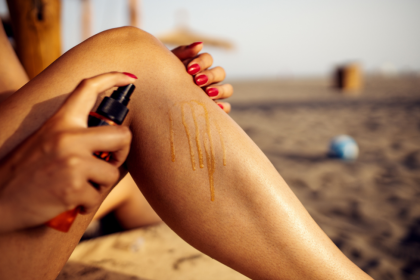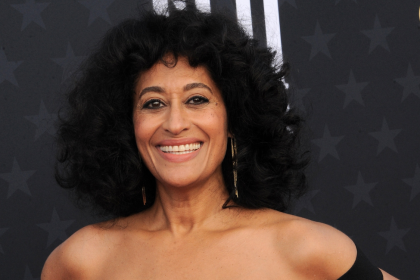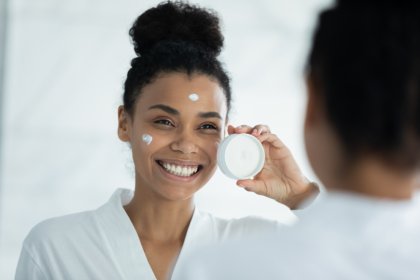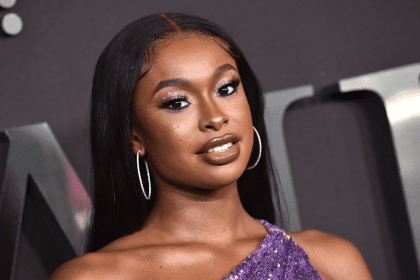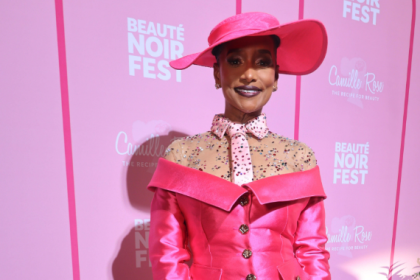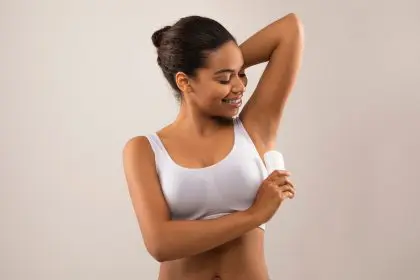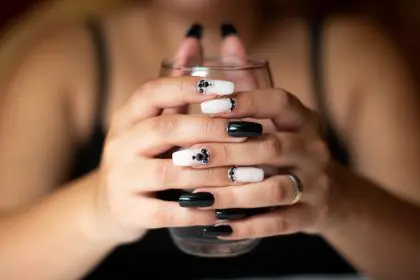
Barbie was always the symbol of perfection. Like most little girls growing up in the late ’70s and ’80s, I had every Barbie I could get my hands on. After a while I stopped playing with them and began collecting them. Initially, Barbie was exclusively Caucasian with blonde hair, later Mattel created an African American version complete with the same features dipped in chocolate with brownish hair cascading over her shoulders.
I loved Barbie, and eventually I passed my love of Barbie down to my daughter and goddaughters. Barbie represented everything girly and fabulous. She was perfect with her teeny waist and long legs complete with thigh gap and naturally arched feet. She had a gorgeous house, went shopping all the time and even had a hot boyfriend with a great package. Barbie was the epitome of what most young women aspired to be. This aspiration, however, could never be realized because Barbie didn’t exist. I learned as a college freshman that if Barbie existed in real life, her dimensions would’ve made her a freak. Yeah, Barbie’s head and neck proportions alone made her extremely unrealistic and her waist, well, studies showed only 1 in 4.3 billion women would have a waist that tiny in proportion to her hips and legs, etc. The doll was based on unrealistic measurements that subconsciously taught young women that no matter how amazing their bodies were, they were somewhere shy of perfection. Contrary to what Nicki Minaj suggests, there is no such thing as a real-life Barbie.
Whether Mattel recently developed a conscience or the decline in sales over the last few years were a contributing factor, Barbie has recently adapted a more realistic body type. Mattel will introduce 23 new dolls via the Fashionista line, which will represent eight different skin tones, 14 different facial features, 22 hairstyles, 23 different hair colors and eight eye colors. The dolls will be rolled out throughout 2016 with the last of the series hitting shelves in October 2016.
“We have to let girls know it doesn’t matter what shape you come in, that anything is possible,” Tania Missad, director of consumer insights for the doll line, explains in a video on the Barbie brand website.
Recently, Mattel has become much more conscious to the body issues many associate with the brand. These drastic cultural and size changes to Barbie are following the moveable ankles Barbie received last year so that she wasn’t resigned to wearing high heels all the time.
Whether or not Barbie’s changes make an impact on the self-esteem of her audience remains to be seen. It will be interesting to see if the idea of Barbie is to aspire to something we can’t achieve. Should Barbie embody every physical flaw women deal with?

